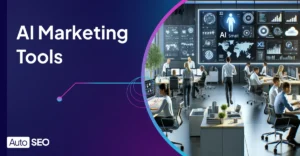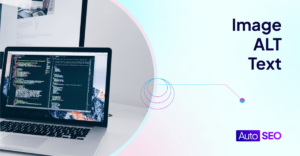The Best AI Image Generators
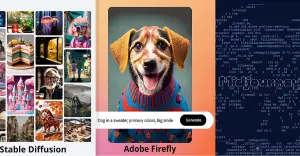
As 2023 unfolds, the AI image generation landscape is advancing quickly. The buzz around Dall.e 3.0’s imminent release is building, and enthusiasm is high for generative AI across creative and developer communities.
New tools are arriving weekly, and there’s never been a better time for you to get involved in the creative applications of AI. From creating the images themselves, to automatic image alt text generation.
This article is a deep dive into the captivating world of image generation, spotlighting five of the most stellar tools.
Our goal? To arm you with a solid understanding of these trailblazing tools, helping you sail smoothly into the future of this fluid and ever-evolving domain.
Table of Contents
Ready to jump in? Let’s head out!
We’ll explore MidJourney, Stable Diffusion, Adobe Firefly, Dall.e 3.0, and Runway.ml, to provide a clear perspective on their strengths, limitations, and unique benefits.
MidJourney – Master of Aesthetics
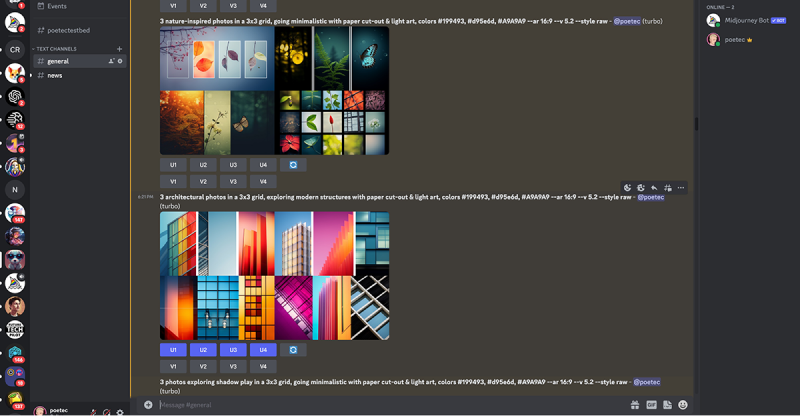
Emerging from a San Francisco-based research lab, MidJourney is a sought-after Discord-based image generator prized for its quality, aesthetics, user-friendly interface, and active community.
Pros
- Image Quality
Spanning Art Deco to Urban minimalism, MidJourney’s highly praised image model effortlessly merges art movements, styles, and aesthetics, offering breathtaking images with minimal expertise. - User Community
A thriving community shares insights across multiple social channels, while the company’s weekly ‘Office Hours’ podcasts keep users updated on all the latest development news. - Support and Development
In a year, the app has been through multiple updates and iterations. Version 5.2 introduced panning, zooming, and in-painting, enhancing user experience and refining the image quality. The documentation is solid, and the company is active daily inside its Discord.
Cons
- No Legible Text
Text rendering remains a challenge. Prompting for text in MidJourney produces gibberish. The company must solve this problem quickly with competitors advancing in this realm. - Access via Discord
MidJourney’s reliance on Discord restricts many aspects of its user interface. Editing tools can be difficult to understand and implement, and some standard features on other apps have yet to be implemented. A website is planned for late 2023. - API Access
The absence of a public API significantly hinders development on top of MIdJourney. Unofficial solutions exist at a premium, but MidJourney must decide if it plans to remain a closed black box.
Upcoming Features:
Version 6.0 is due this year and promises new aesthetics, a significant upgrade to its already stellar image models, 2k by 2k upscaling, enriched datasets, and ventures into storytelling, video, and 3D.
Pricing and Plans
Plans range from $10 to $120 monthly, with higher tiers offering private image generation and faster processing.
Best For
MidJourney is favored among marketing and design agencies, artists, and designers for its prowess in quickly crafting various images and styles. It excels in generating mood boards, creative assets, and graphics for web design and is a substantial time-saver in the early stages of creative projects.
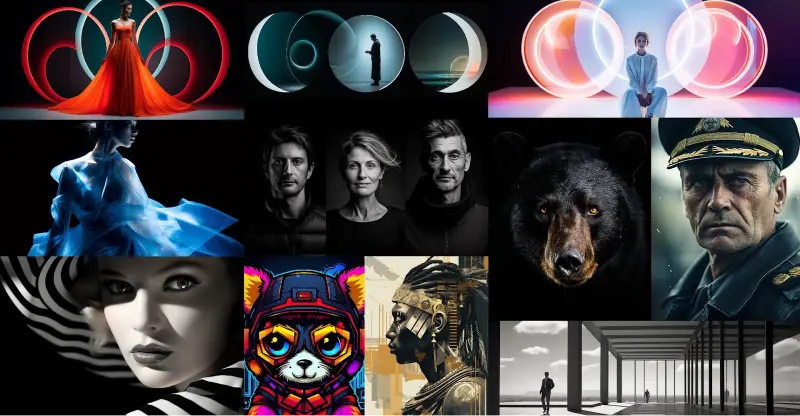
Leonardo.ai – Your Gateway to Stable Diffusion
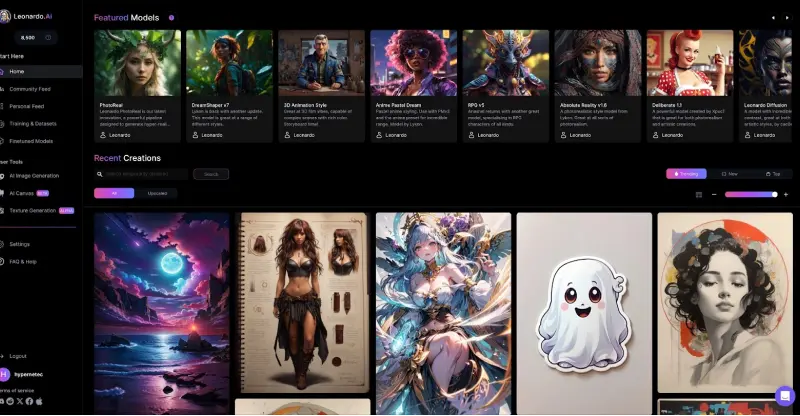
Leonardo is a commercial product forked off of Stable Diffusion. It melds high-quality diffusion models with its secret sauce. Additionally, it offers a user-friendly entry point among the many Stable Diffusion models available. While more sophisticated options like Invoke.ai and Automatic 1111 offer more purity, customizability, and control, Leonardo is an accessible entry point to the Stable Diffusion model.
Pros
- Image Quality
Leonardo’s image quality is on par with MidJourney’s, and its web-based interface is superior. With an extensive feature set including outpainting, inpainting, model training, texture, and canvas editing, Leonardo offers access to a broad range of tweaked models built on the groundwork of Stable Diffusion. - User Experience
Leonardo’s UI is intuitive, user-friendly, and easy to understand. It incorporates all of the elements of the app in one place, and the user community’s creations are only ever a tap away, making it easy to get prompt inspiration when you might be lacking it. - Model Variety
Leonardo has a plethora of advanced models, including: - Pre-Trained
Where the models have been created for a wide range of tastes. - Fine-tuned
Models have been tweaked to align with specific art styles and preferences. - User Models
The ability to train your models and retain up to 10 of them monthly is a significant plus. - API Access
Leonardo has made access to its API available upon request.
Cons
- Feature Overwhelm
The Leonardo interface is jam-packed with features that might be intimidating to a new user. - Ugly & Distorted Generations
While the app does a good job of protecting you from many of the obvious mistakes one can make in Stable Diffusion, brand-new users are likely to encounter distorted and unusable images along the way to gaining mastery of the UI. - No Text Rendering
Like MidJourney, usable text Text rendering remains out of reach.
Upcoming Features
Leonardo’s Discord recently unveiled a feature named ‘Elements,’ inspired by Low-Rank Adaptation (LoRA) models. It enables users to integrate simple style modifications to their images, blending various model styles to generate unique visuals.
Pricing and Plans
Leonardo has a free tier offering 150 generations a day at 768×768 and pricing plans from $12.00 monthly to $60.
Best For
With a similar brief to MidJourney, Leonardo appeals to designers, artists, and game developers looking to enter the world of AI image generation using the Stable Diffusion platform.
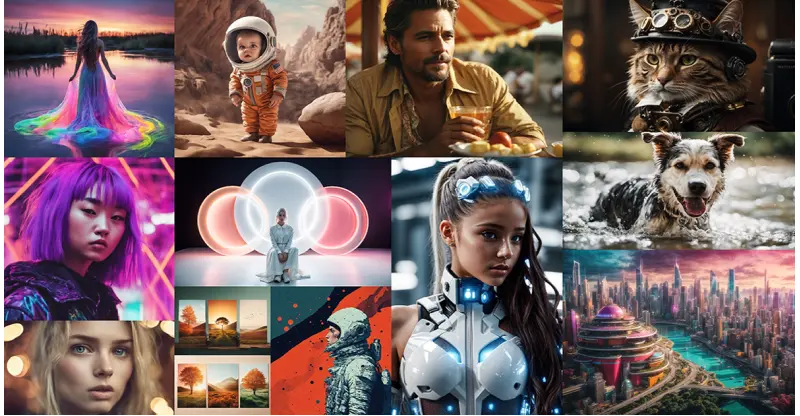
Adobe FireFly – A Gem for Adobe Creative Professionals
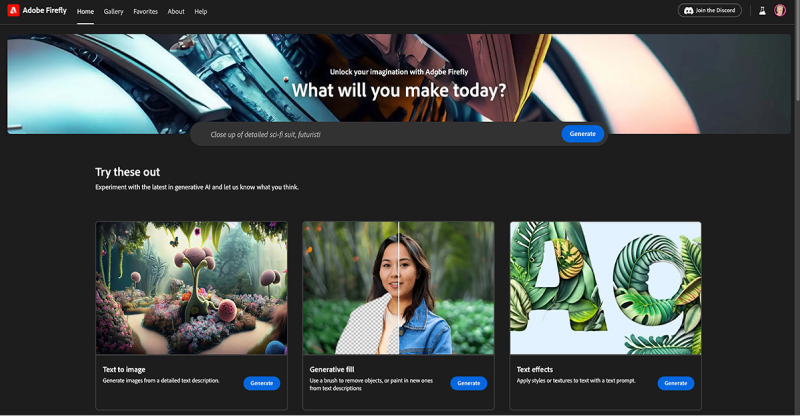
Adobe Firefly is geared towards enhancing existing creative workflows within the Adobe ecosystem, making it a seamless addition for current Adobe users.
Pros
- Image Quality
Despite initially feeling generic and vanilla, Adobe’s generator can produce high-quality images. However, it’s in the editing and seamless filtering that Adobe begins to shine. Its generative fill tool is currently the best in the market, and the ability to edit in Photoshop and a browser effortlessly is a stellar feature for Adobe users. - User Experience
Adobe’s UI smarts are on full view with a delightfully accessible UI, simple filtering and editing, and a robust feature set, including text-to-image, vector art recoloring, and a dedicated text tool that allows for some unique generative text effects. - Support & Development
Cash-rich and with years of design influence and experience, Adobe is going all out to catch the creative AI wave. With a dedicated support team available on chat during office hours, a Discord server devoted to Firefly, and a huge presence across socials, Firefly is both well-supported and in constant development. - API Access
Firefly is still in beta, and Adobe has not yet released an API. An Adobe employee responding on the Adobe developer forum has stated that the company has plans to integrate Firefly with Adobe Experience Manager (AEM) Assets via Adobe Express. However, this is still under development.
Cons
- Stock Image Training Data
Adobe’s image set was trained entirely on its massive stock image library. The benefit is that the company can guarantee zero copyright infringements in its training data. The downside is that Adobe’s stock library can often appear a little dated in a market flooded with new aesthetics. - Censorship & NSFW
Adobes AI may just be too opinionated for some tastes. It aggressively restricts the use of certain terms and won’t allow any images it considers too ‘edgy.’ As a result, it definitely won’t be to everyone’s taste.
Upcoming Features
Adobe normally updates its tools with a bang at its annual Adobe Max conference. However, it’s adopted a more iterative approach with its AI and has several tools slated for release, including a sketch-to-image and a text 3D tool.
Pricing and Plans
Firefly is currently free in beta, but that’s ending in November. After that, Adobe plans to use what it’s calling generative credits, which will be bundled with its various tiers of app offerings. Full Creative Cloud members get 1000 credits a month, while free users only get 25 and a much slower app experience once those are used up.
Best For
Creative professionals already working with Adobe Creative Cloud suite will find Adobe Firefly an invaluable tool.
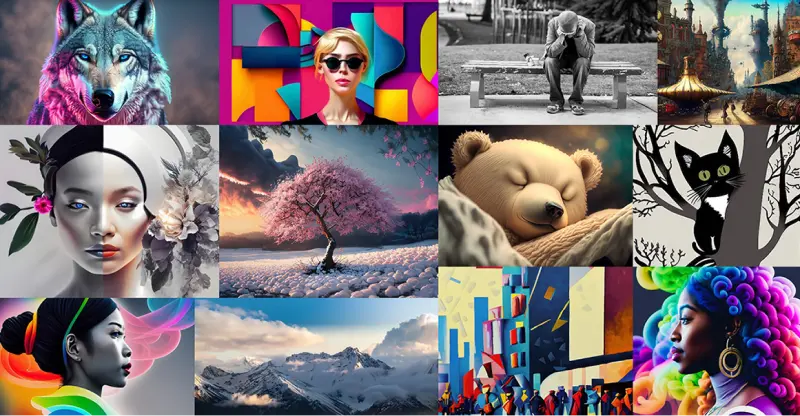
Dall.e 3.0 – The ChatGPT Game Changer
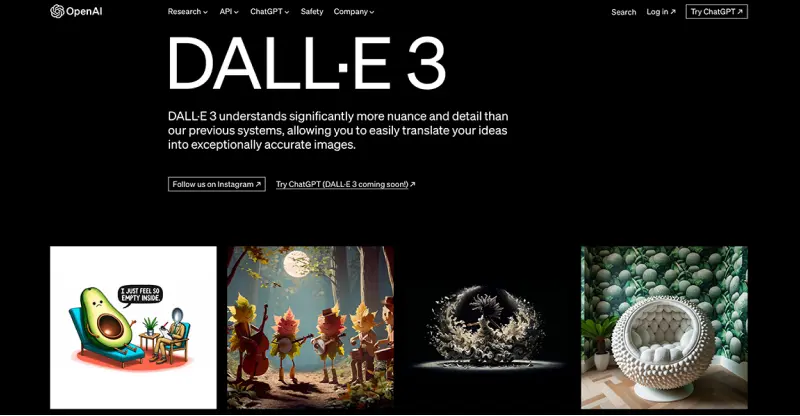
Dall.e 3.0 has already stirred up quite the buzz despite not being officially released. Dall.e.2.0 was one of the first big generative image models but eventually fell behind while its parent OpenAI focussed on ChatGPT. Now due for a full rollout inside ChatGPT and already making a stealthy appearance inside Bing, Dall. e 3.0 looks set to repeat the buzz of its predecessor.
Pros
- Image Quality
Early previews have shown off a much higher image quality, and this has been confirmed by users accessing the model via Bing. At the same time, there will likely be significant differences in capability between the free and paid versions of Dall. e 3.0, a huge jump in image quality seems assured. - Fully Rendered Text
Yes, OpenAI appears to have cracked the code that has proved so difficult for almost everyone else (with the notable exception of Ideogram). Previews of Dall. e 3.0 shows the program capturing text accurately, a skill that will likely set off an avalanche of new memes. - Integration with ChatGPT
Another huge coup for Dall.e. 3.0 is its integration directly inside ChatGPT. Putting an image generator directly inside an incredibly powerful chatbot achieves several things simultaneously. It provides users with a fully integrated multimedia text and image environment and leverages ChatGPT’s incredible conversational natural language prowess to achieve greater fidelity between the image and the user’s creative prompts. - Natural Language Prompting
All image generators on the market ignore certain sections of your prompt. This leads to all kinds of odd strategies being adopted by designers to try to get the AI to do what they want. Dall.e 3.0 promises to use ChatGPT as a creative prompting partner and to use its language model to ensure that you can ‘generate images that exactly adhere to the text you provide.’ - API Access
The DALL·E 3.0 is expected to be available in October. Much like Dall.e 2.0, it will provide a straightforward way for developers to integrate advanced image generation into products on a pay-as-you-go basis.
Cons
- Full Limitations Unknown
Given that the product is unreleased, it’s difficult to assess its deficiencies. However, it is certain that certain types of NSFW content will be censored and that the model will be opinionated in a way that does not allow users to prompt for work that reproduces living artists. - Legal Issues
While this can only be a good thing from a legal standpoint, OpenAI’s stance will not go down well with those who prefer the open-source community of Stable Diffusion.
Upcoming Features:
Dall.e 3 is hot off the press, and Dall.e 4 is nowhere in sight.
Pricing and Plans
OpenAI has confirmed that Dall.e 3.0 will be bundled inside its subscription service ChatGPT Pro, available for users for $20 monthly.
Best For
Given its integration inside ChatGPT Dall.e 3.0 is likely to find widespread adoption among ChatGPT Pro users seeking high-quality images to integrate into their creative work. Its inclusion inside Bing Chat will likely broaden its appeal to a wider base.
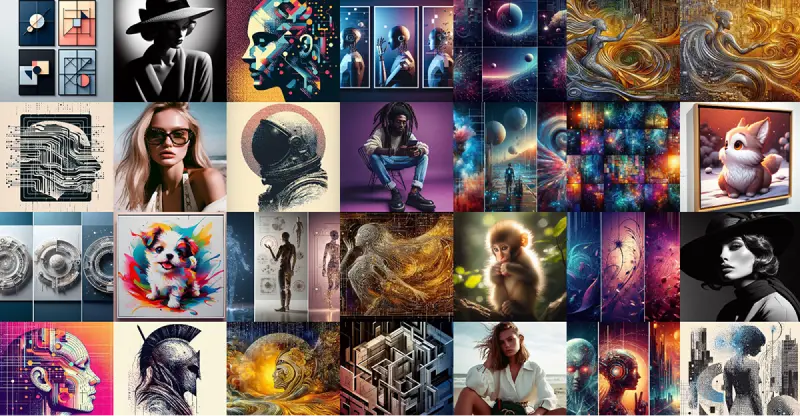
Runway.ml – Bringing Images to Life
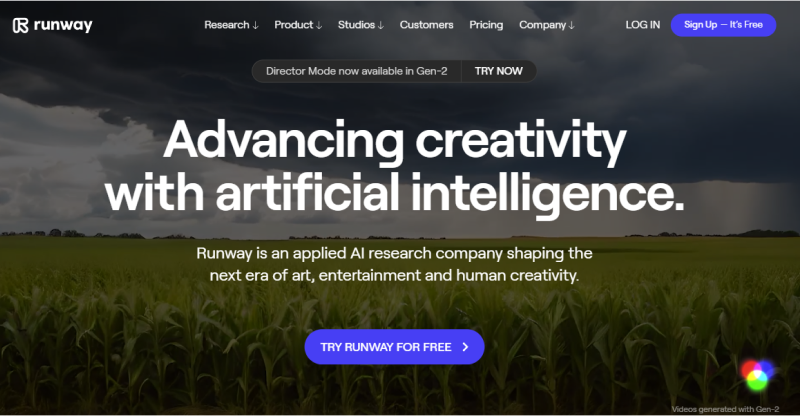
Runway is unusual among our choices here as it’s designed to work with generative video. Basically it can create video out of still images, and now even from a text prompt! It’s a remarkable technology that is already producing some interesting results, but will need a little time to fully mature before it becomes mainstream.
Pros
- Image Quality
Runway’s image quality while not compatible with something like Dall.e or MIdJourne is still incredibly impressive for such an early product. Generative video involves generating numerous frames per second, each of which can be considered an image and as a result you’ll see issues with temporal coherence and the smoothness of transitions and progressions.
But if you remember what Dall.e or MidJourney looked like a year ago you’ll appreciate that this is likely a compute rather than a creative problem. - Streamlined Editing
Runway ML leverages machine learning to automate tedious tasks like masking, color correction, and VFX, making the editing process smoother and more efficient. - Online Platform
Being an entirely online platform, it eliminates the need for downloads or local storage, making it accessible from any device with internet connectivity. - Advanced Tools
Provides advanced editing tools like rotoscoping, inpainting, and AI-generated analysis for creating depth maps, enhancing the realism and quality of the footage. - Free Version Available
A free version with standard functionality, 1 GB of storage, and unlimited project creation is available for users who are on a budget. - User-Friendly Interface: The platform’s user interface is designed to be intuitive and user-friendly, making professional-grade editing accessible even for beginners.
- API Access: Runway’s API is available. To view the technicals visit the link here.
Cons
- Comparatively Limited Features
May not be as advanced or feature-rich as other top-tier editing software like Adobe After Effects or DaVinci Resolve. - Storage and Export Limitations
The free version comes with limited storage and export options, necessitating an upgrade for more storage and better export quality. - Community and Support
May lack a broad community or support network compared to more established video editing software platforms.
Upcoming Features:
Version 6.0 is due this year and promises new aesthetics, a significant upgrade to its already stellar image models, 2k by 2k upscaling, enriched datasets, and ventures into storytelling, video, and 3D.
Pricing and Plans
The subscription costs for higher-tier services can be relatively expensive, starting at $12 per month for the Starter version and going up to $76 per month for the Pro edition.
Best For
Early adopters looking to move into an emerging field will likely find Runway an exciting tool to explore. While not ready for professional adoption yet the technology behind it is likely to become a very big deal in a few years.
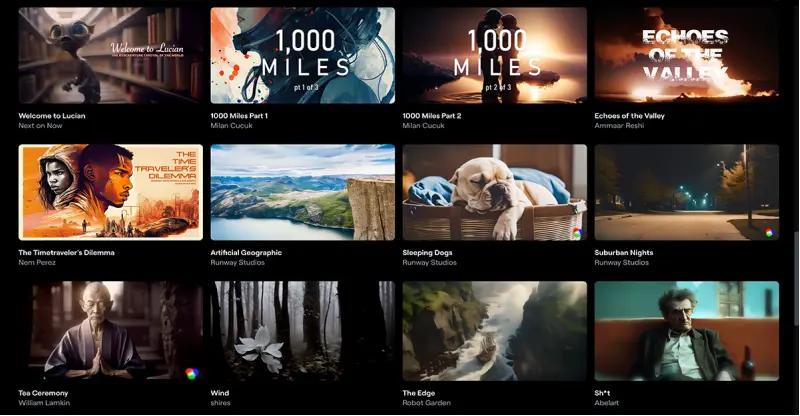
The Age of Generative AI Images

Despite a decades-long incubation period, the emergence of AI tools into the content creation spotlight seems to have occurred almost overnight. However, the ascent of generative language models can be traced back to a confluence of technological, academic, and market forces that have been evolving for at least the last decade.
Here’s a quick overview of the main contributing factors:
- Hardware & Big Data: Advanced GPUs and abundant text data enabled the training of larger, more complex models.
- Algorithmic Breakthroughs: The Transformer architecture revolutionized language understanding and generation.
- Commercial & Research Investment: Heavy funding from both academia and industry sped up development and practical applications.
- Accessibility & Use-Cases: Open-source frameworks and specialized models made AI widely applicable, fueling public awareness and adoption.
Public perception of generative language models really began to take off around 2017 with the advent of Transformer-based models. Google’s 2018 introduction of BERT showcased practical applications, but it was OpenAI’s launch of GPT-2 in 2019 and GPT-3 in 2020 that really ignited discussions around generative AI’s capabilities and ethics.
These developments have moved the technology away from an academic curiosity and positioned it at the forefront of almost everything that matters today.
Rapid Refinement
Ai image generators are on a developmental fast track, evolving almost monthly. The upcoming releases of Dall.e 3.0 promises to accelerate this further with advancements in image coherence, accurate text, and increasingly faithful fidelity to natural language prompting.
Therefore, take any and all of this information in this article with a grain of salt.
Decoding the Technical Core
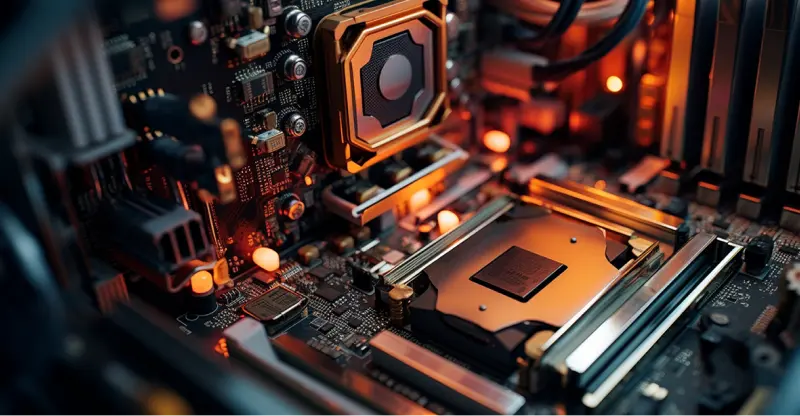
As we transition into the world of AI-driven image generation, let’s dissect the underlying technologies that make these tools both fascinating and highly functional.
- Generative Adversarial Networks (GANs): GANs ignite a creative rivalry between two neural networks: one crafts new images, while the other critiques, distinguishing real from generated images. This iterative refinement leads to the creation of high-quality visuals.
- Variational Autoencoders (VAEs): VAEs encode an image into a low-dimensional representation and then decode it back into an image, a cycle that births new visuals with a touch of originality.
- Style Transfer: This mechanism employs deep learning algorithms to transform an image’s aesthetic, adopting the style of another paving the way for applications in artwork creation, fashion design, and beyond.
- Deep Dream: A venture into the surreal, Deep Dream emphasizes recognized patterns in visuals to generate whimsical, dream-like images.
- Neural Style Transfer: An iterative cousin of style transfer, it adapts the style of one image onto another in a more refined manner, creating unique art and realistic photos.
- Stable Diffusion: Stable Diffusion is about transforming noise into discernible imagery. It begins with a canvas of random noise, which (under the guidance of a text prompt) morphs into a coherent image. This systematic refinement process showcases the model’s prowess in moving from randomness to creating an appealing result.
Advantages Unlocked

AI image generators are not just shortcuts to creativity; they are potent tools offering many significant benefits:
- Expanded Creativity: Generative art tools open the doors to a broader scope of artistic possibilities, providing a platform for enhanced creativity, experimentation, and prototyping.
- Cost-efficiency: Many platforms offer free trials, credits, or entirely complimentary versions, thus lowering financial hurdles for newcomers and professional users.
- Time-saving: By automating the visual creation process, AI art tools save valuable time, which can be diverted to other important tasks and projects.
- Accessibility: With minimal barriers to entry, unexplored territories are unlocked, making creativity more accessible and exciting.
The rise of AI image generators
The popularity of AI image generators has grown in tandem with advancements in machine learning and GAN technology. These powerful tools have made it possible to generate high-quality, realistic images in seconds, transforming how we create and interact with visual content.
In the realm of the AI image generators, the list above stands on top for 2023.
These tools offer a range of features, from text-to-image conversion to style transfer, latent diffusion models, image-to-video, text-to-video, and more, making them versatile and effective solutions for various creative applications.
However, new tools are emerging daily, and the existing datasets and models are continuing to grow. We are still in the early stages of this new world. In the months and years ahead, getting to grips with these tools early in their development will be a key skill for creatives, designers, and developers.
Legal & Ethical Considerations

The copyright dynamics of AI image generators are complex and constantly evolving. Some key points relevant to the current situation are listed below.
U.S. Copyright Office Stance: On February 21, 2023, the U.S. Copyright Office denied copyright protection to AI image generators, though the legality of their generated images is disputed.
Corporate Initiatives: Getty Images launched a Generative AI Solution on September 25, 2023, for Copyright-Safe Image Generation, addressing copyright challenges posed by AI image generators.
EU’s Approach: The EU is drafting new copyright rules for generative AI, requiring companies to disclose copyrighted material used in system development, potentially setting a precedent in the EU region.
The above list provides some sense of the immense challenges of generative art tools in legality, ownership, and copyright.
AI tools are not easy to regulate, and with open-source models already widely distributed, this is likely to remain the case.
Ownership rights to AI-generated art and its impact on artist livelihoods, especially concerning copyright, are an ongoing concern, and artists have consistently raised concerns about AI models training on copyrighted material.
One of the major challenges is that the tools are evolving much faster than the regulations. Given that this is the case, one wonders if it might not be helpful to employ an AI to help sort out its own complexities!
Conclusion
In 2023, the realm of AI-driven image generation has witnessed rapid evolution with tools like MidJourney, Stable Diffusion, Adobe Firefly, Dall.e 3.0, and Runway.ml at the forefront. These platforms not only promise to revolutionize creativity but also pose intriguing challenges related to copyright and ethics. As these tools evolve at an unmatched pace, staying updated and understanding their nuances is vital. Embrace the future of AI-driven design and give one of these tools a go yourself!

Written by John Buckley
A writer and creative media producer, John explores the intersection of technology and human identity, leveraging AI tools for artistic and meaningful storytelling and delving into the ethical implications of a rapidly evolving digital landscape.

